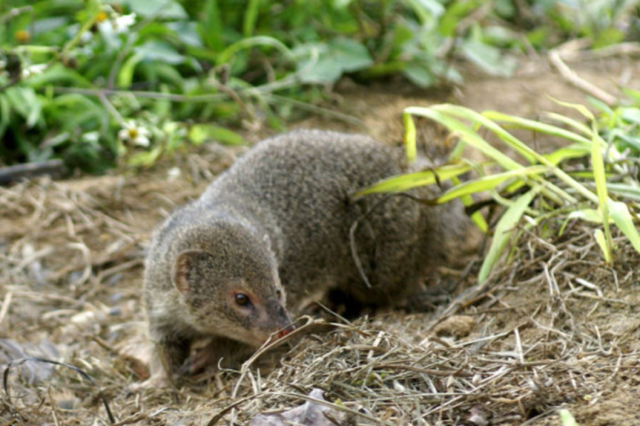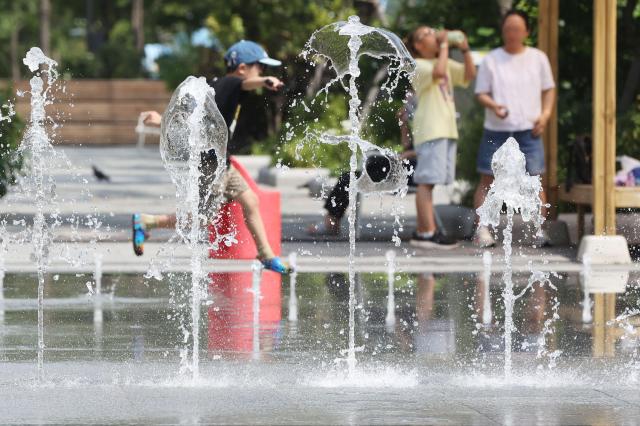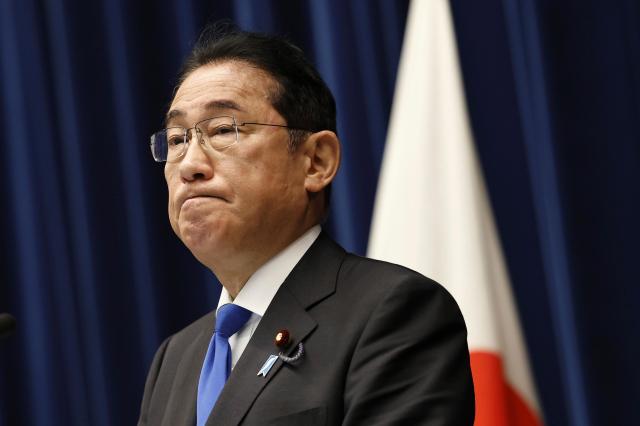The ministry's review panel confirmed the eradication after analyzing data from camera images and traps on the Kagoshima Prefecture island. The last mongoose capture was recorded in April 2018, signaling the success of the initiative on the island of about 712 square kilometers.
"This is an achievement that could contribute to the preservation of rare species and the natural heritage," Environment Minister Shintaro Ito said at a press conference.
Mongooses were initially introduced to the island in 1979 to combat habu, a venomous viper species. However, their population surged to about 10,000 by 2000, leading to significant crop damage and a decline in native fauna, including the Amami rabbit, a special national treasure.
The ministry launched a full-scale extermination program in 2000, designating mongooses as an invasive species in 2005. The effort involved installing up to 30,000 traps and introducing Japan's first mongoose-sniffer dog in 2007. Recent camera footage has shown an increase in Amami rabbit sightings, suggesting a recovery of the native species population.
Copyright ⓒ Aju Press All rights reserved.



